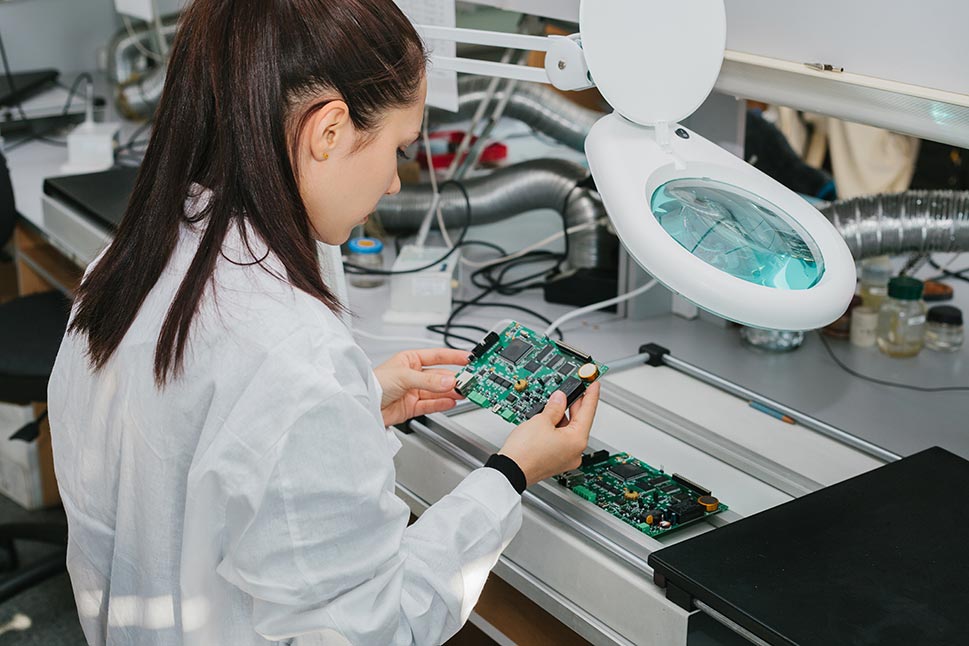Carbon Dioxide
Our experienced applications teams across the globe can use their industry and application knowledge to provide you with a compressed or liquid carbon dioxide supply and technology solution to meet your unique needs.

The new advanced designs and emerging technologies make it more critical to get the solder joints perfect the first time. Optimizing reflow soldering, wave soldering and selective soldering processes are where we can help you achieve:
Our experienced applications teams across the globe can use their industry and application knowledge to provide you with a compressed or liquid carbon dioxide supply and technology solution to meet your unique needs.
Useful as a gas, for its inert properties, and as a liquid for cooling and freezing. Virtually any industry can benefit from its unique properties to improve yields, optimize performance and make operations safer.

The best way to reduce dross in a wave soldering process is a question people have been trying to answer for years. Dross is a waste product, although it can be reclaimed, costs are high. Dross will cause equipment maintenance issues and reduce the uptime of the equipment.
There is a variety of dross inhibitors that can be used on the surface of the solder pot but be careful in selecting the correct material for your process. These options may cause other issues that will require additional steps for clean-up of the board and solder pot.
The other method is to use a nitrogen inerting gas that can be introduced via an inerting cover over the wave area or a fully inerted wave solder system. The use of nitrogen can reduce dross effectively by displacing air over the solder pot and to form a gas cloud over the wave generator and reduce micro dross.
Beyond the dross reduction advantages of using an inert atmosphere, one can gain benefits such as improve wetting of the solder into the plated through holes (PTH) or barrel fill.
There are several reasons for insufficient fill of the PTH during wave soldering. The major reason is poor wetting that can be due to oxidation on the leads, oxidation in the barrel, not enough flux, etc.
One way to increase the barrel fill is to use an inert atmosphere, such as nitrogen, which will increase the wetting of the solder into the barrel, by displacing air and in turn allow your current flux chemistry to work more efficiently. Another benefit is one can convert to a less active flux chemistry and to reduce the volume of flux required per board when using nitrogen.
By using a nitrogen blanket in the wave solder process, one can effectively reduce the most common defects observed.
By using an inert atmosphere in the wave soldering process will reduce several defects including bridging, icicles and will improve the voiding issue. Through hole fill will also be improved. Reduction will be dependent on the O₂ ppm levels and the type of inerting system that is used.
Air Products has developed a 3rd generation nitrogen inerting kit, NitroFAS® Inert Wave Soldering (IWS) that has been successfully implemented at major EMS and OEM companies with over 200 systems installed. Our IWS units can reduce dross > than 85% AT LOW NITROGEN FLOW RATES to minimize the overall cost of ownership.
Let Air Products assist you in lowering your manufacturing costs, improve productivity, reduce your environmental impact and increase quality of your assembled boards. Through our innovative equipment and knowledgeable team of industry experts, we can develop the best solution for you and your company.
Our technical team is here to help you. Book a free consultation today!